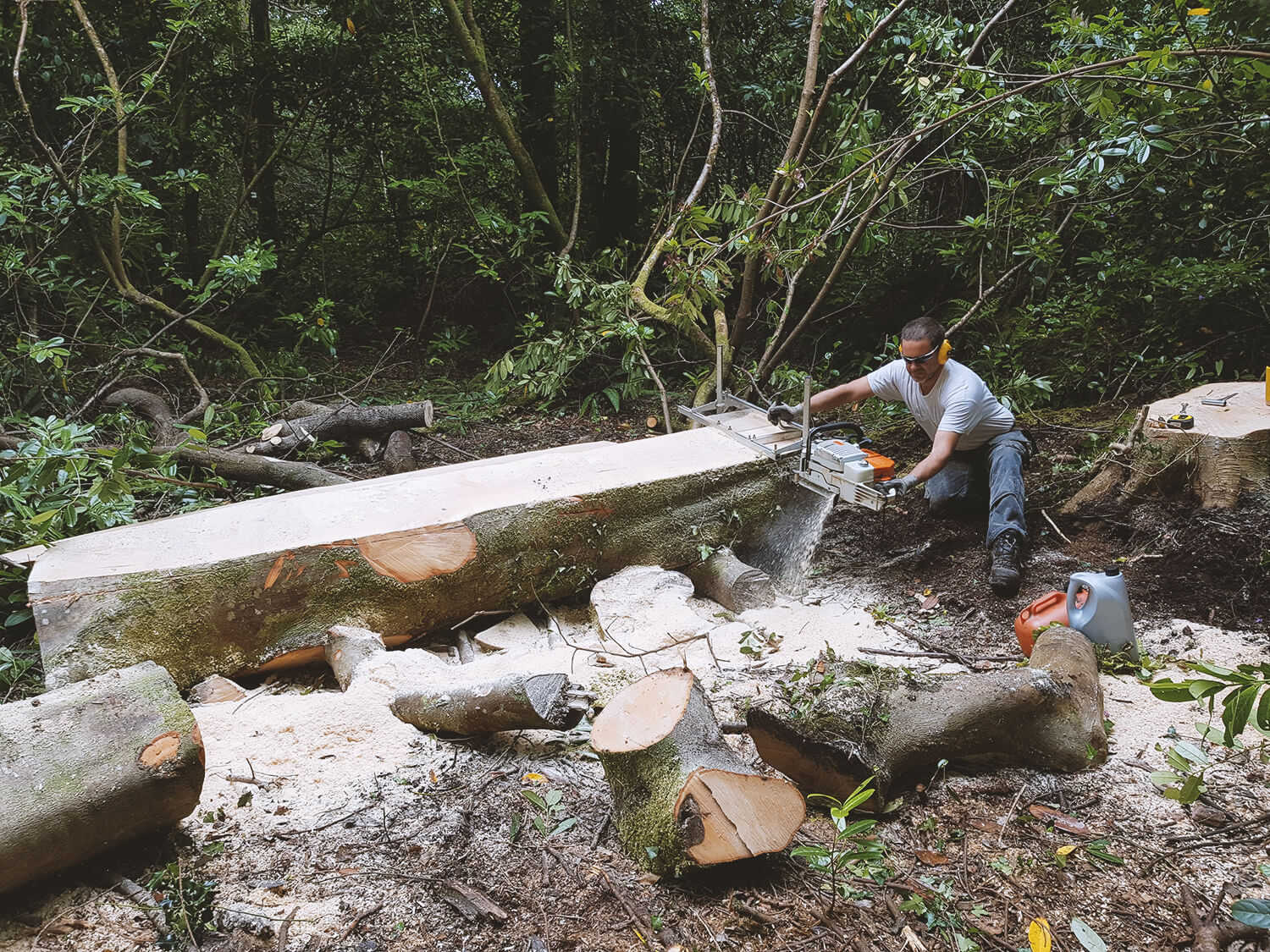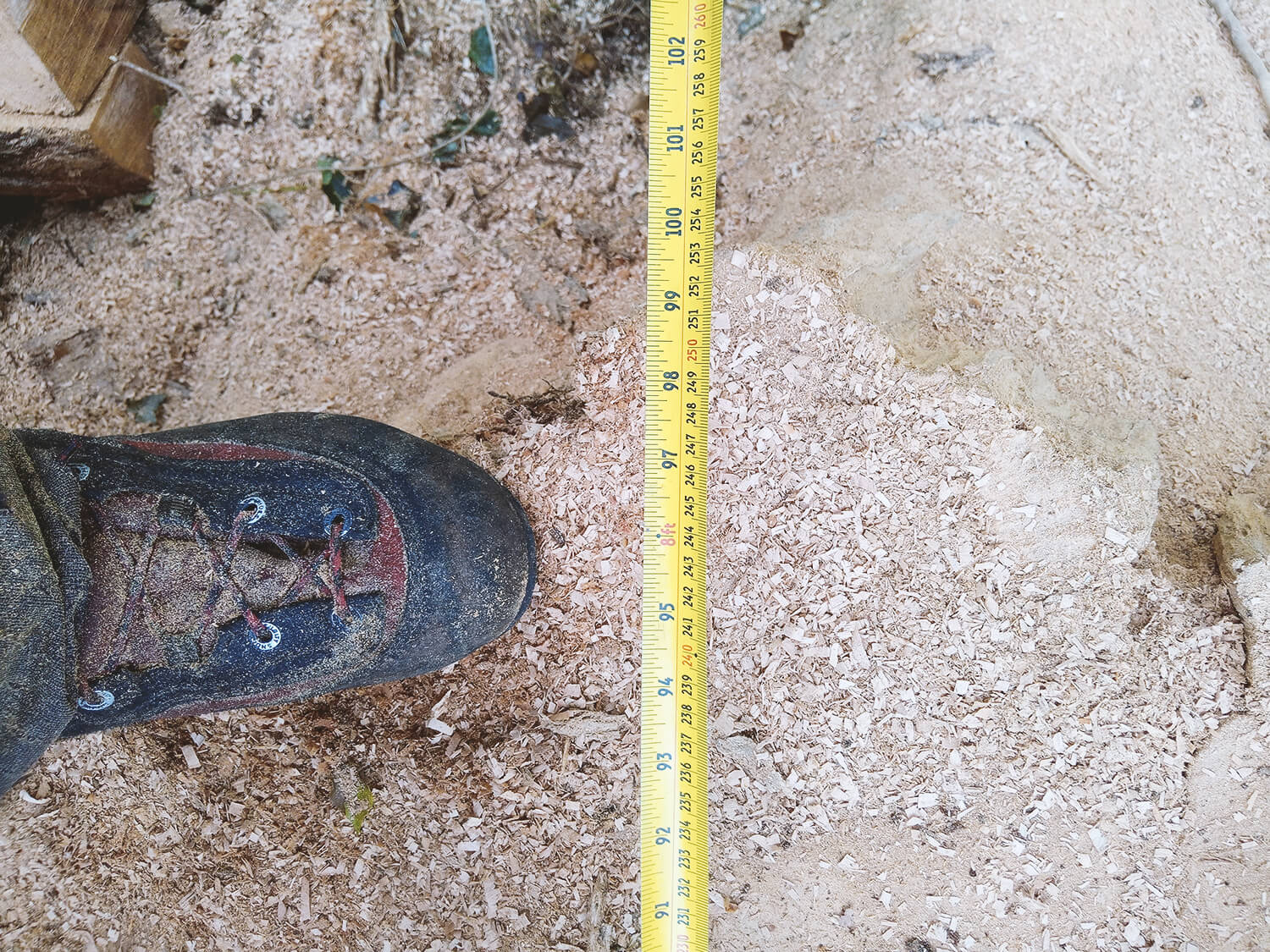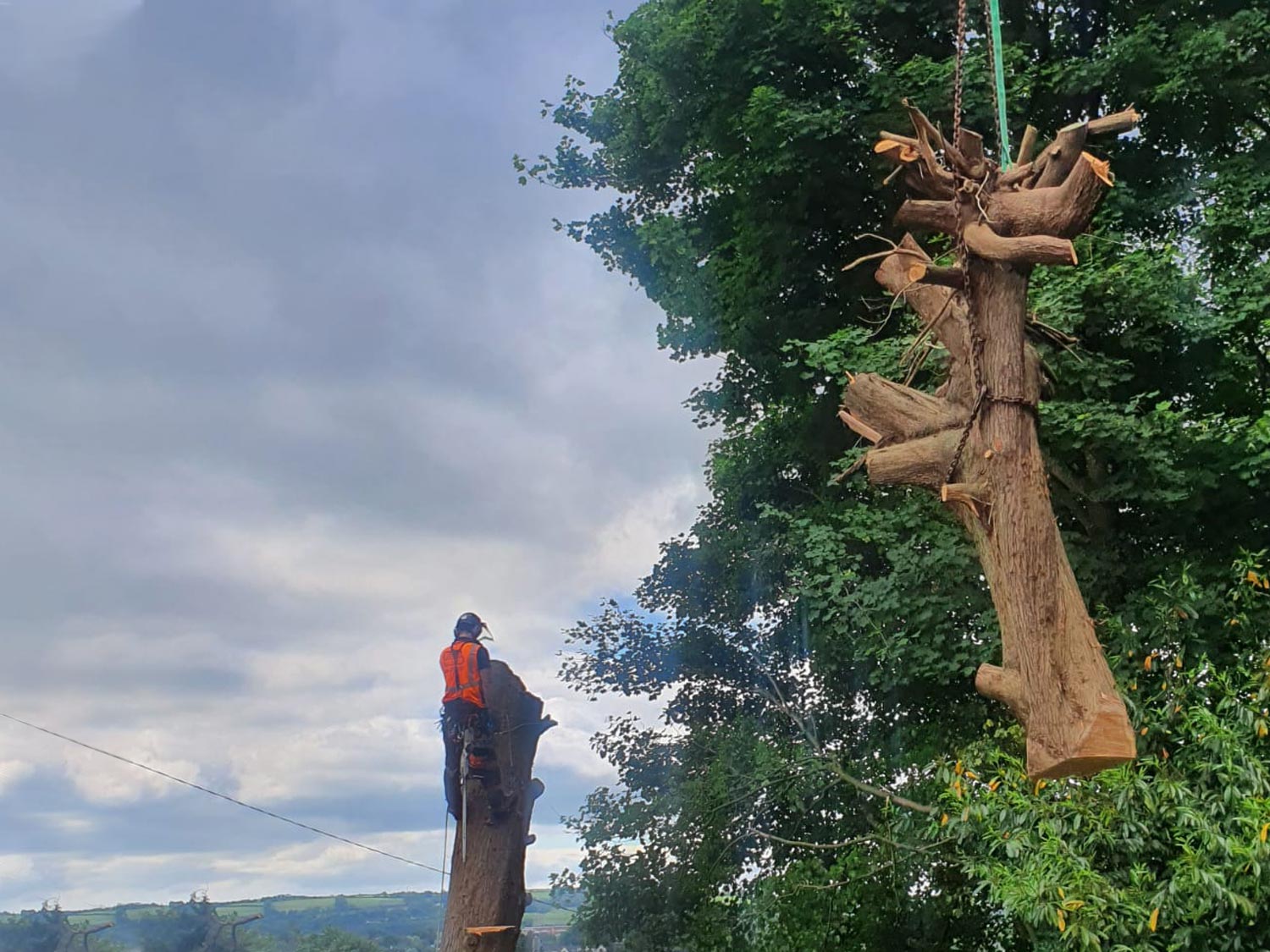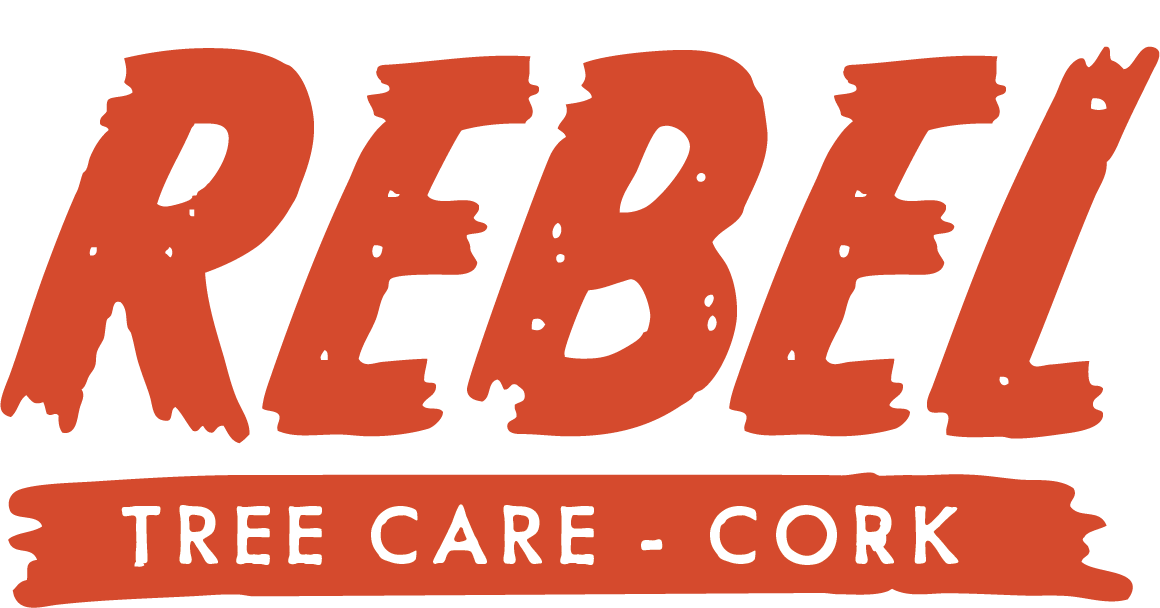Saprophytic and parasitic fungi identification

When talking about fungi and trees it’s important to understand fungi feed on trees and also work in symbiosis with them. There are two main sub categories of fungi that affect trees and which were going to explain a bit about and this is Saprophytic and Parasitic fungi. One of these types feed on dead and decaying material and the other also feeds on living tissues of the tree which for arborists can be a cause for concern when asessing a tree’s overall health.
A few things to understand right off the top about this subject is that tree decay is caused by numerous species of fungi, and often the loss of wood strength they cause is not visible externally. That means that no intelligent arborist is going to guarantee the safety of any tree or limb with 100% certainty.
It is important to know that the vast majority of a tree’s living system, that is the transport of water and nutrients that keeps it alive, is occurring in the newest wood, which has been created in the most recent growing season, which is located immediately below the bark. That is why a tree can be completely hollow and still look green and beautiful. The inner wood (misleadingly called the “heartwood”) is largely inactive physiologically.
However, if this heartwood is missing, in either a trunk or an individual limb, quite a bit of strength loss can occur, increasing the probability of failure. Sometimes this occurs with an external opening (frequently referred to as a “cavity”), which increases the risk of failure even more, but also making the defect much more noticeable. Other times, as alluded to above, there is no external sign. Although the tree or limb is likely more structurally sound in this case, it is also more likely to go unnoticed.
Another sign of decay fungi is the fungus itself, visible when its fruiting body is present. These are sometimes referred to as “conks” but most people know them more commonly as mushrooms. And just like picking an apple off an apple tree doesn’t kill the apple tree, removing these conks isn’t going to kill the decay fungus living in a tree. That is partly why there is no effective treatment for decay fungi.
This is an important thing to keep in mind when hiring an arborist to deal with possible decay problems. If they are telling you they have some kind of treatment, either physical or chemical, that can eradicate decay fungi, they are trying to sell you something that will not work. That is not to say that there are not treatments for many other types of fungal problems. There are. Just not successful ones for decay fungi.
The main points to take away from assessing trees with fungal issues is often about tree location, (is it in the middle of a remote location rarely used by people or is it leaning over a shed roof. Often the tree’s condition combined with it’s location will give the best answer as how best to deal with it).



Contact us
Call 083 068 8002

